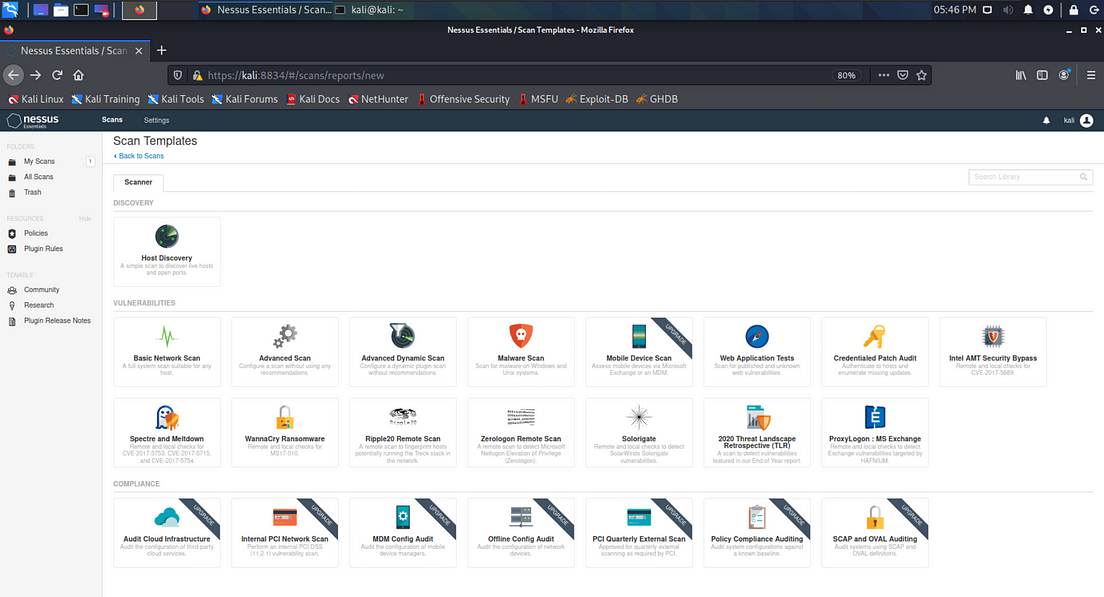
Once the scan is complete and you've taken the time to look at your results, it's time to create your report: To get started quickly, you can choose the proper template from among the pre-built options available in Nessus, or use any custom policies you may have added to the library. First, you need a clear understanding of the scan scope so that you're looking through the network areas you (or your client, if you're scanning as a consultant) are most concerned about and seeking out priority targets. In some ways, the reports you end up with are only as strong as the policy you use to establish the parameters of your vulnerability scan. So you have to decide what you want most out of the report: Do you need to distribute and present it to a client team for remediation or put it into practice as a policy template for future efforts? Or are you building a historical record of scanning practices? Nessus has you covered for both of these reporting needs and many more.

XML files can be imported into other tools, kept as a historical reference for auditing purposes or also later used as a policy template for future Nessus scans. CSV or Nessus's proprietary DB format.CSV is especially useful for importing into external databases, and.

Nessus offers a great deal of flexibility for your reporting needs. Whether you're using it as part of an internal information security team or as a third-party consultant, one of the essential steps is to report the results of your scan and explain the details of what you've found to key stakeholders.

This is certainly true of a comprehensive assessment tool like Nessus Professional. Vulnerability scanning is typically a multi-step process, one that doesn't simply begin and end with the scan itself. Turning your Nessus scan results into actionable reports helps you dynamically visualize the vulnerability assessment process.


 0 kommentar(er)
0 kommentar(er)
